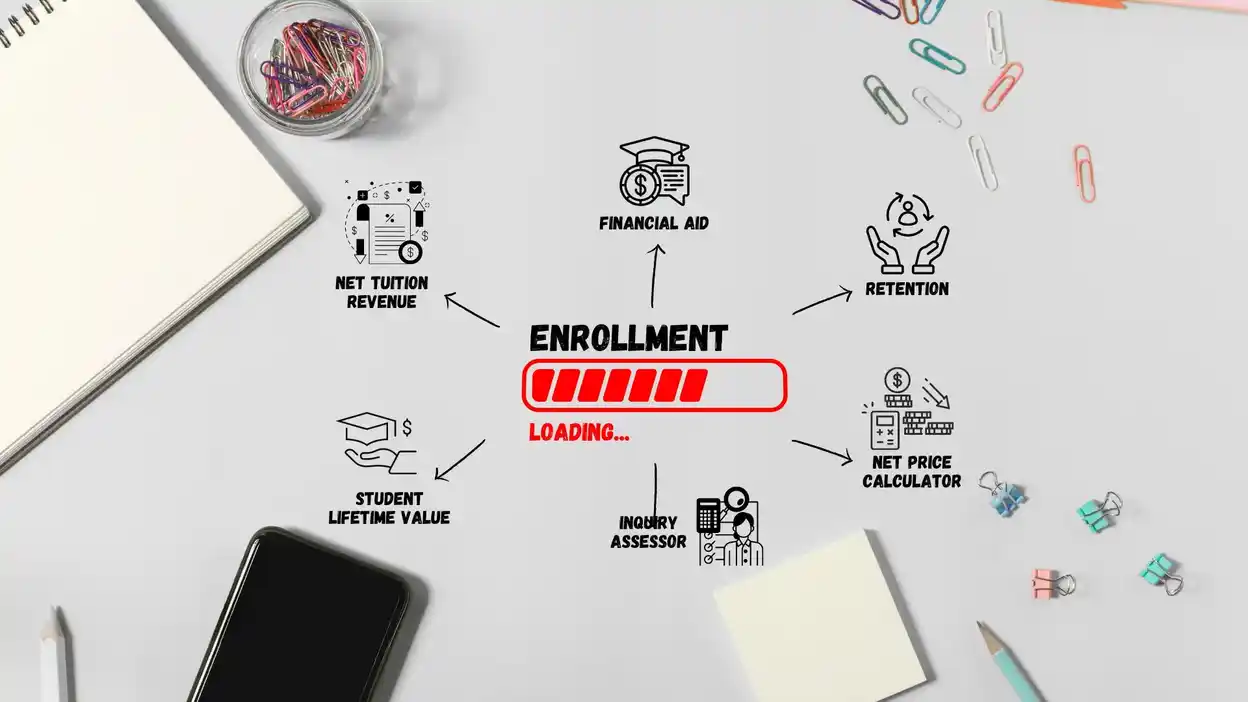How can Technology enhance your College Enrollment?
Introduction
In today’s highly competitive era of higher education, universities and colleges in the US encounter several hurdles when it comes to attracting and enrolling students. Rising tuition costs, increased competition, and low retention rates are among the challenges that institutions must overcome. Fortunately, the advancement of technology has brought forth a wave of solutions to address these issues. In this blog post, we will explore the significant challenges faced by US institutions and present innovative technological solutions that can help overcome them.
Overcoming Challenges Faced by US Institutions in the Enrollment Process
Problem 1: Institutions struggle with effectively managing and converting prospective students into applicants.
Solution: With the significant advancements in technology, institutions can utilize the Inquiry Assessment Report (IAR) tool. This tool analyzes data from student inquiries, enabling institutions to effectively manage and convert interested students into applicants.
Problem 2: The institutions struggle to keep track of applicants’ progress and likely conversion into deposits due lack of information and commitment.
Solution: To address this problem, institutions can implement the Application Deposit Report (ADR) tool. This tool helps track applicant progress and predicts their likelihood of converting application into a deposit. By automating the process, the tool provides real-time updates on applicant status and if there is an intervention required.

Problem 3: The institution faces challenges in converting deposits into enrollments as some students fail to complete the enrollment process, resulting in financial and resource challenges.
Solution: To address the solution to the problem, the institution can use the DCR (deposit conversion report). The report helps colleges improve their conversion rate into an enrolled student. The report also gives insights of its CSR (Competitive Scorecard Report) tool which analyze the data of students who are considering other colleges due to financial aid. By utilizing both the tools the institution will figure out the data of actual reporting students.
Problem 4: Declining retention and graduation rates pose significant challenges for institutions, as many students leave college without completing their degrees, resulting in a decline in graduation rates.
Solution: To address the decline in retention and graduation rates, institutions can employ data-driven techniques such as Student Lifetime Value (STLV). This approach analyzes and tracks various data points related to students’ behavior and performance throughout their academic journey. By identifying the reasons for low retention rates, institutions can refine their strategies to maximize retention and graduation rates.
Conclusion
FAQ's
Ans: Technology offers tools like the Inquiry Assessment Report (IAR) that analyze student inquiries, enabling institutions to effectively manage and convert interested students into applicants.
Ans: The Application Deposit Report (ADR) tool helps institutions track applicant progress in real-time and predict their likelihood of converting applications into deposits, providing valuable insights for intervention if needed.
Ans: By utilizing the Deposit Conversion Report (DCR), institutions can identify and address the challenges that hinder the enrollment process, ensuring a higher conversion rate from deposits to enrolled students.
Ans: The Competitive Scorecard Report (CSR) tool analyzes data of students considering other colleges due to financial aid, helping institutions tailor their financial aid strategies effectively and attract students.
Ans: Employing data-driven techniques like Student Lifetime Value (STLV) analysis allows institutions to track student behavior and performance, identify reasons for low retention rates, and refine strategies to maximize retention and graduation rates.


